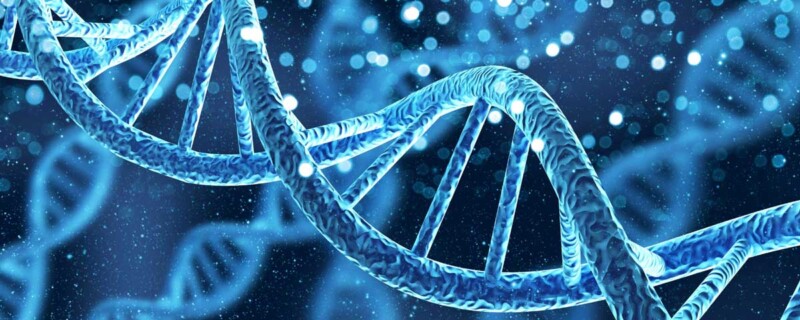
Improving DNA Transfection with molecular cloning techniques, protocols, and troubleshooting guides
DNA transfection is commonly used technique in molecular biology that allows researchers to introduce foreign DNA into eukaryotic cells for the purpose of studying gene function, protein expression, and other cellular processes.
Transfection methods can be broadly categorized into three main types: physical, chemical, and biological. Physical methods, including electroporation, microinjection, and particle bombardment, physically disrupt the cell membrane to deliver DNA into the target cell. Chemical methods involve the use of lipid-like reagents or calcium phosphate to form complexes with the DNA that can more effectively cross the cell membrane and enter the target cell. Biological methods utilize viral vectors that function as carriers to deliver DNA to the target cell.
The choice of transfection method depends on several factors, including the cell type, transfection efficiency required, cytotoxicity concerns, and the properties of the DNA being transfected. Of these, chemical transfection using lipid-based reagents are well-established and widely used. The DNA is mixed with lipid-based transfection reagents to form complexes that can more readily pass through the cell membrane and into the target cell. Lipofectamine 2000 is a commercially available transfection reagent that has been extensively used in research laboratories for many years, and its performance and reliability have been well-documented in numerous publications. Lipofectamine 2000 is well known for its high transfection efficiency, compatibility with a wide range of cell types, demonstrates low cytotoxicity, and is easy to use.
Through GenScript’s virtual Molecular Cloning Center, they offer a sample DNA transfection protocol recommended for use with Lipofectamine 2000 along with other valuable technical resources for a variety of molecular cloning techniques. The transfection protocol is specifically designed for experiments using adherent or suspension cells in 6-well plates and can be found at the link here: https://www.genscript.com/dna-transfection-protocol.html Additionally, GenScript provides a Troubleshooting Guide to help researchers if they run into common problems like decreased transfection efficiency or decreased cell viability.
Given the challenges associated with DNA transfection, having a sample protocol at hand can provide researchers with a standardized methodology, optimization strategies, and overall guidance to enhance the efficiency and reproducibility of their transfection experiments.
To learn more, please visit GenScript’s Virtual Molecular Cloning Center